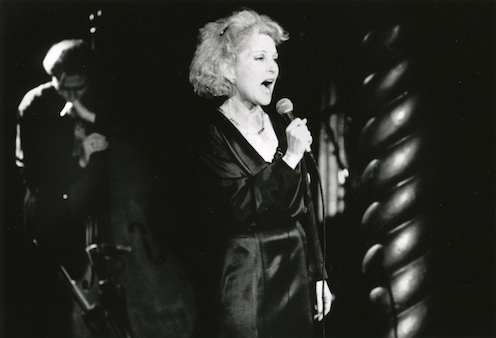Yiddish, Yiddish

Full Description
"I cried when I heard Talila sing," says French director Jean-Claude Baumerder, "because I didn't know I had a Jewish soul." He uses Talila's voice to illuminate the place of Yiddish in Jewish culture today. The film includes interviews with Jewish writers, performance artists, even scientists who are reconnecting with their Yiddish roots. From France, where the oldest Yiddish texts were discovered in Alsace, the film travels to Tel Aviv and Jerusalem. We learn how each community developed its own dialect, "yiddishizing" the world around it. In Paris, Jews invented a new name for the metro station Barbès-Rochechouart, the central stop in a neighborhood of Jewish immigrants. They called it "Barbès-Rosh Hashana." The film explores how the dying language is felt by the next generation, discovering how it still permeates our speech and thought.
Filmmaker Bio(s)
My father speaks Yiddish. I don't. I wanted to unravel what I felt when I first heard the Yiddish singer Talila. She awoke something that was buried deep inside of me: a living culture, that of central Europe's Jews, and many questions.
Where is the Yiddish language today? What is its meaning? What will be its future? I cried when I heard Talila because I didn't know that in the deepest part of my being I have a Jewish soul. I wanted to understand the intensity of my own emotions and the mechanism behind the transmission of that emotion on a broader scale. I wanted to illuminate the contours of a heritage that has outlasted religion and other systems of belief.
I went to meet the players in a renewal, those who are coming to terms with the importance of the Yiddish language. Artists, scientists, writers and simple survivors of the shoah who were to shed light on my quest. Some are optimistic, others nostalgic. All are passionate.
Yiddish is still here. Of course it has suffered a number of setbacks, but it is not dead. Even today, the preservation of this language can be considered an act of resistance against those who tried to eliminate it.
Director(s)
Country(ies)
Language(s)
w/English Subtitle
Release Year
Festival Year(s)
Running Time
54

